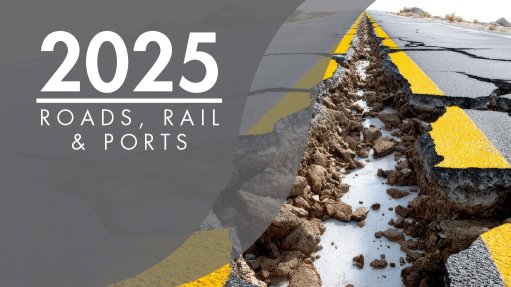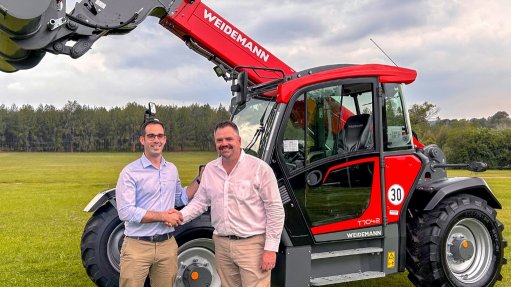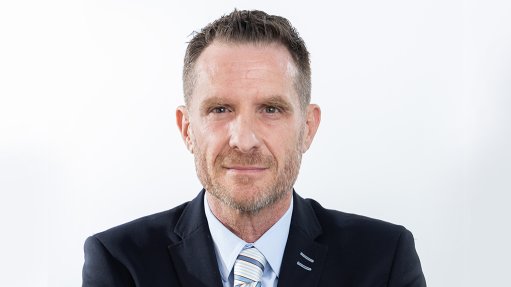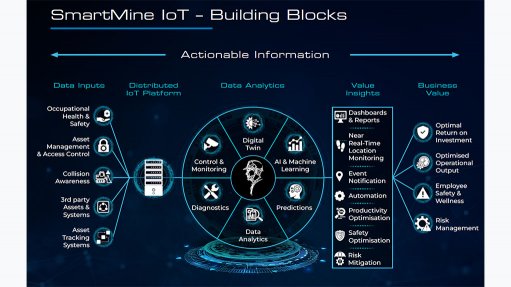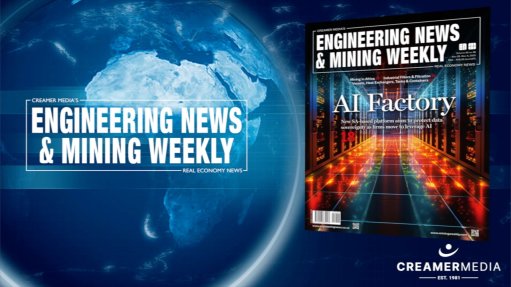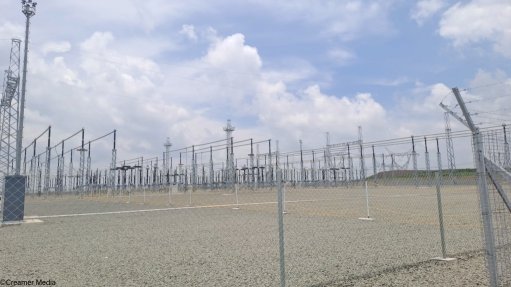Infrastructure challenges undermine DRC’s mining potential



NOMSA MBERE By fostering public-private partnerships, the DRC can address critical infrastructure deficits
RITA SPALDING A transparent and collaborative approach is essential for unlocking sustainable growth in the DRC’s mining sector
Despite possessing vast mineral wealth, including significant deposits of copper, cobalt and gold, the Democratic Republic of Congo’s (DRC’s) infrastructure remains a critical barrier to further growth of its mining sector, owing to logistical and operational challenges, say law firm Webber Wentzel partners Nomsa Mbere and Rita Spalding.
According to them, inadequate road networks, outdated rail systems and underdeveloped ports hinder the efficient transportation of materials, equipment and goods to and from mining operations in the DRC.
However, Mbere and Spalding suggest that by fostering public-private partnerships (PPPs), engaging in regional cooperation and leveraging trade agreements, the country can address critical infrastructure deficits, improve logistical efficiency and strengthen its competitiveness on a global scale.
They emphasise that a transparent and collaborative approach is essential for unlocking sustainable growth in the DRC’s mining sector and driving broader economic development.
However, in terms of the country’s challenges, Mbere and Spalding note that road networks in mining-intensive regions – such as Haut-Katanga, Lualaba and Kivu – are often in poor condition and that maintenance issues and seasonal disruptions often exacerbate transportation delays, thereby increasing costs for mining companies.
Similarly, aging rail infrastructure in the DRC, which is critical for transporting bulk commodities such as copper and cobalt, suffers from capacity constraints and delays, forcing some companies to resort to more expensive alternatives.
Port facilities also face challenges, with congestion and outdated equipment at key export hubs, such as Matadi port, further impacting the efficiency of logistics.
To address these infrastructure gaps, Mbere and Spalding note that mining companies have increasingly turned to private investments, constructing dedicated roads, railways and power systems to ensure operational continuity.
However, this approach places financial strain on companies and underscores the importance of PPPs, which often invest in infrastructure upgrades in the regions in which they operate.
Mbere and Spalding cite successful PPPs, such as the collaboration between non- ferrous metals miner CMOC (previously known as China Molybdenum Company) and the DRC government at the Tenke Fungurume mine which led to the development of roads and hydroelectric plants, improving transport and energy reliability.
Similarly, they note that diversified miner Glencore’s partnership with the government in Katanga facilitated upgrades to the Sakania railway line and hydropower projects, thereby enhancing operational efficiency and fostering regional development.
“These examples demonstrate the value of coordinated efforts, shared benefits and long-term commitments in addressing infrastructure challenges,” Mbere says.
They emphasise that infrastructure development in the DRC is further complicated by regulatory and legal challenges.
Complex land tenure issues, overlapping claims, inconsistent enforcement of laws and frequent changes in mining regulations create uncertainty for investors, delaying projects and increasing costs, Mbere and Spalding elaborate.
In addition, inefficiencies in permitting processes and disputes over property rights also add to operational delays.
They argue that addressing these challenges through clear, consistent and transparent regulatory frameworks could encourage investment, reduce risks and make the DRC more attractive for mining-related development.
“The DRC’s central location in Africa offers opportunities for regional cooperation and cross-border infrastructure initiatives that could significantly enhance its mining sector and broader economic outcomes,” Mbere notes.
According to Mbere and Spalding, collaborations with neighbouring countries, such as Zambia and Angola, could further improve transport and energy networks.
For example, the new Lobito rail corridor connects the DRC’s Katanga region to Angola’s Lobito port, providing a direct and efficient export route for copper and cobalt.
This reduces logistical bottlenecks and lowers costs, making DRC minerals more competitive in global markets, Mbere and Spalding note, adding that cross-border power-sharing agreements and integrated power grids could also stabilise energy supply, addressing the frequent outages and high energy costs that currently hinder mining operations.
“Beyond mining, improved infrastructure fosters regional economic integration, boosts trade and attracts foreign direct investment, contributing to industrial growth and job creation,” they tell Mining Weekly.
Mbere and Spalding further point to agreements such as the African Continental Free Trade Area (AfCFTA) Agreement and Southern African Development Community (SADC) protocols as pathways to address infrastructure gaps.
The AfCFTA Agreement promotes the free movement of goods and reduces tariffs, making mining equipment and materials more affordable and exports more competitive; while participation in SADC initiatives enables collaborative projects in transport, energy and telecommunications, addressing shared challenges and reducing costs, they explain.
“Streamlined border procedures and harmonised regulations under these agreements could further enhance cross-border trade efficiency,” Mbere and Spalding conclude.
Article Enquiry
Email Article
Save Article
Feedback
To advertise email advertising@creamermedia.co.za or click here
Comments
Press Office
Announcements
What's On
Subscribe to improve your user experience...
Option 1 (equivalent of R125 a month):
Receive a weekly copy of Creamer Media's Engineering News & Mining Weekly magazine
(print copy for those in South Africa and e-magazine for those outside of South Africa)
Receive daily email newsletters
Access to full search results
Access archive of magazine back copies
Access to Projects in Progress
Access to ONE Research Report of your choice in PDF format
Option 2 (equivalent of R375 a month):
All benefits from Option 1
PLUS
Access to Creamer Media's Research Channel Africa for ALL Research Reports, in PDF format, on various industrial and mining sectors
including Electricity; Water; Energy Transition; Hydrogen; Roads, Rail and Ports; Coal; Gold; Platinum; Battery Metals; etc.
Already a subscriber?
Forgotten your password?
Receive weekly copy of Creamer Media's Engineering News & Mining Weekly magazine (print copy for those in South Africa and e-magazine for those outside of South Africa)
➕
Recieve daily email newsletters
➕
Access to full search results
➕
Access archive of magazine back copies
➕
Access to Projects in Progress
➕
Access to ONE Research Report of your choice in PDF format
RESEARCH CHANNEL AFRICA
R4500 (equivalent of R375 a month)
SUBSCRIBEAll benefits from Option 1
➕
Access to Creamer Media's Research Channel Africa for ALL Research Reports on various industrial and mining sectors, in PDF format, including on:
Electricity
➕
Water
➕
Energy Transition
➕
Hydrogen
➕
Roads, Rail and Ports
➕
Coal
➕
Gold
➕
Platinum
➕
Battery Metals
➕
etc.
Receive all benefits from Option 1 or Option 2 delivered to numerous people at your company
➕
Multiple User names and Passwords for simultaneous log-ins
➕
Intranet integration access to all in your organisation







